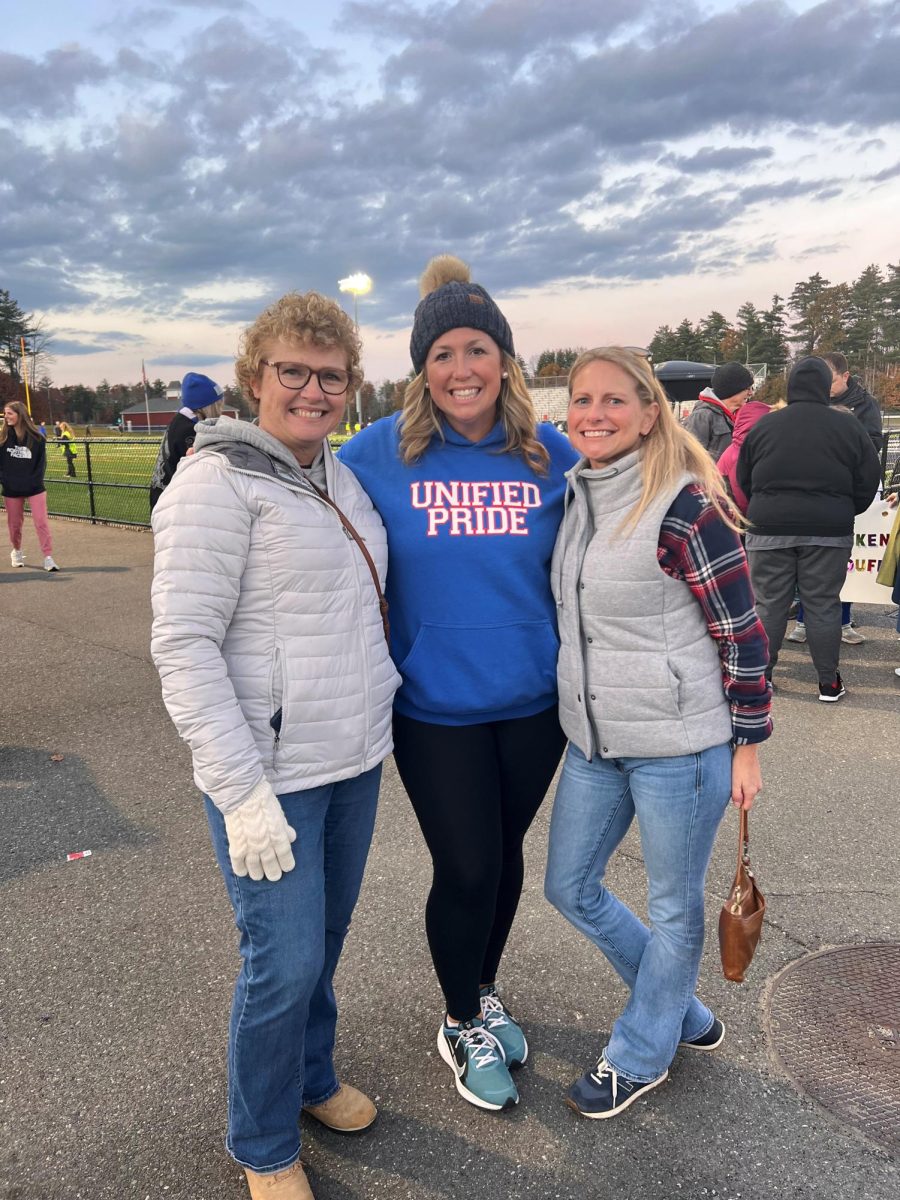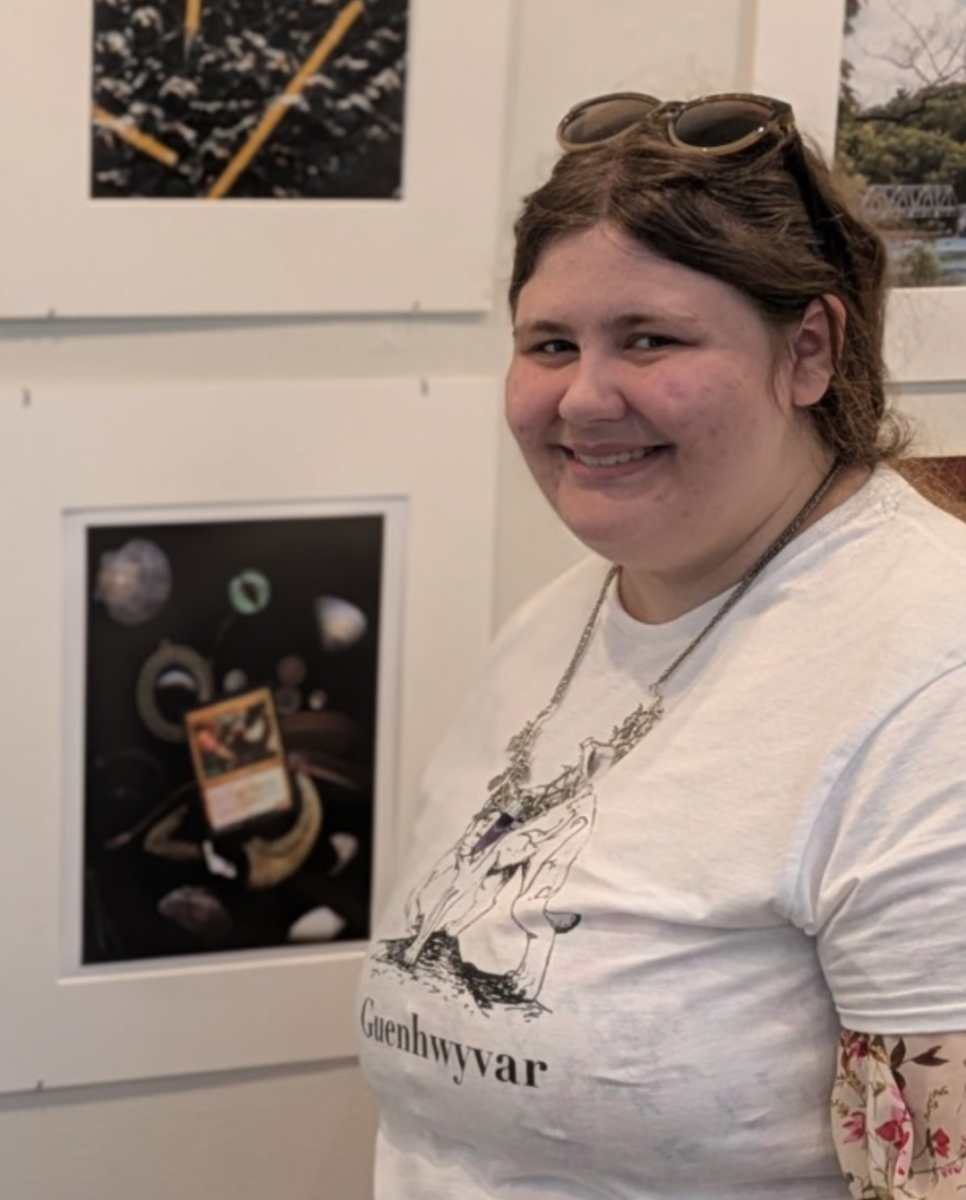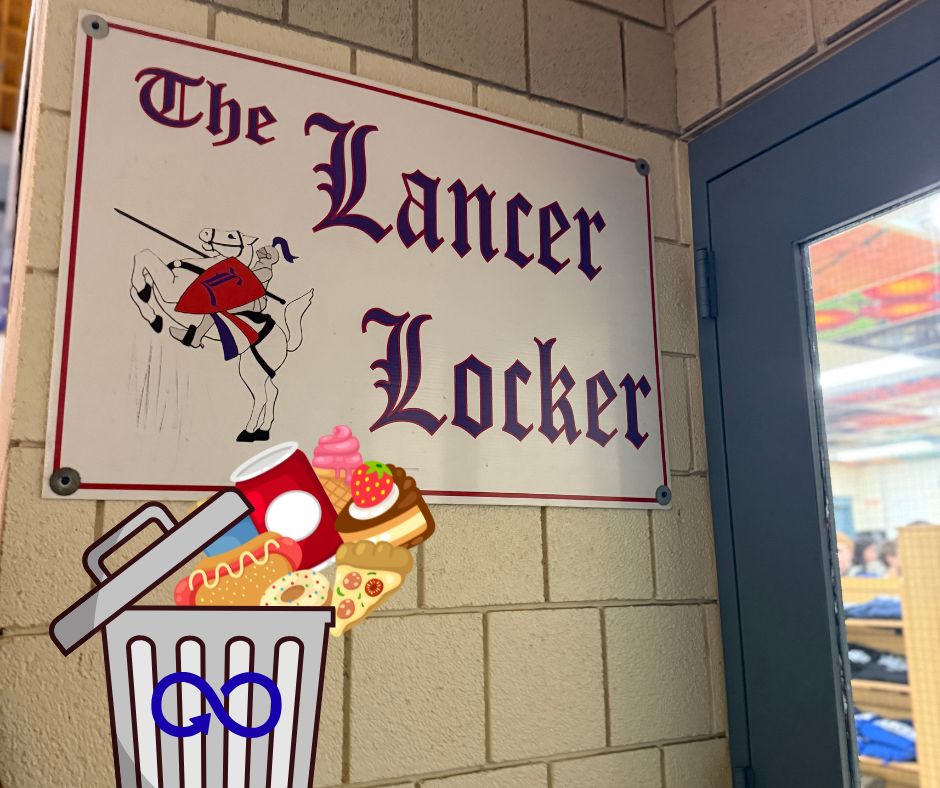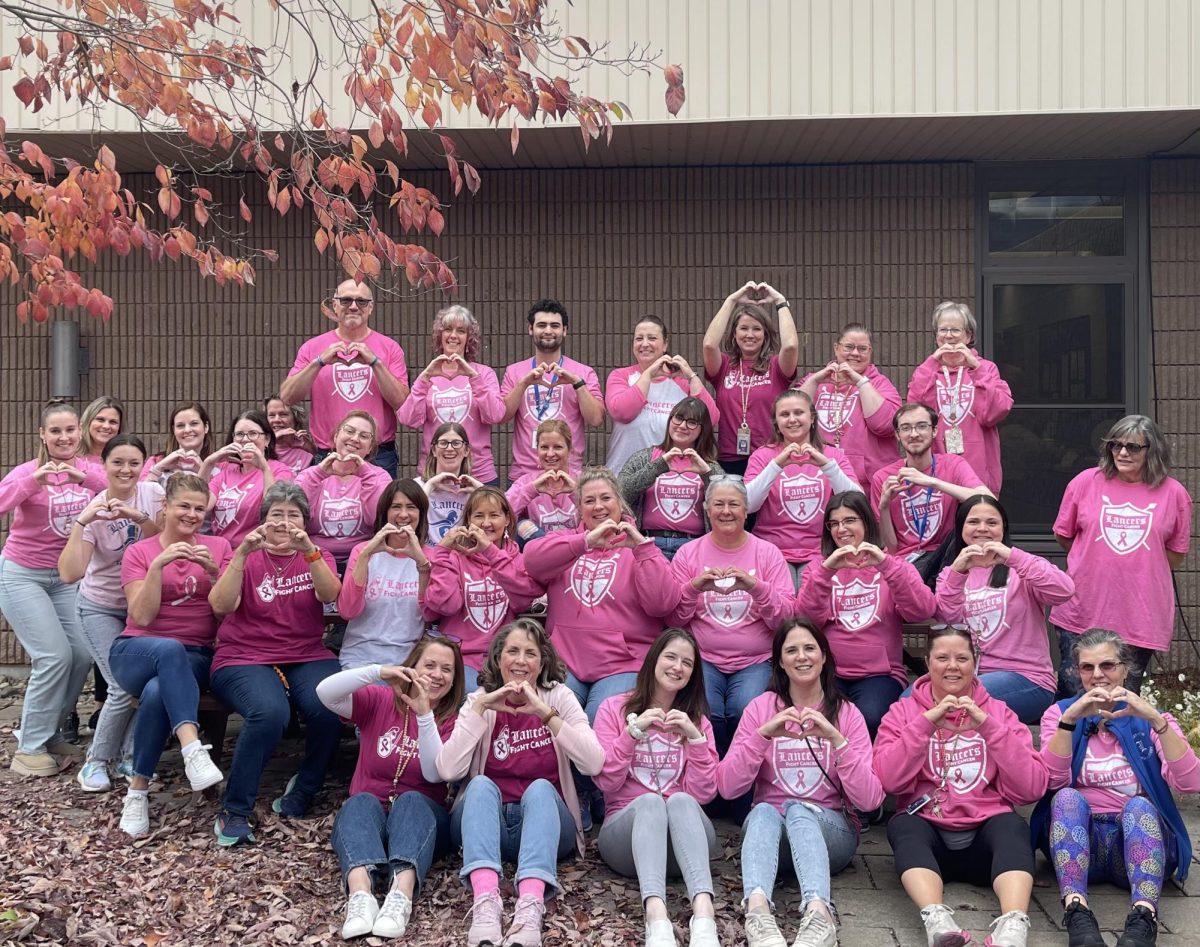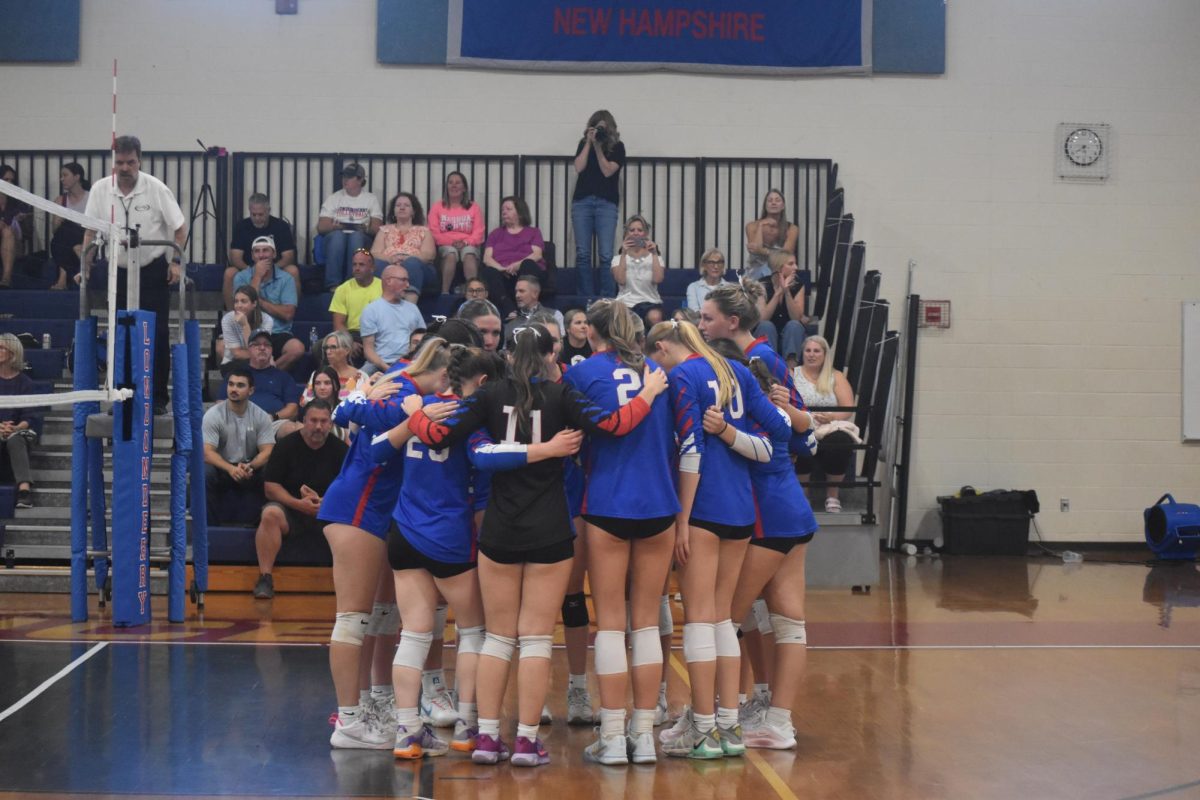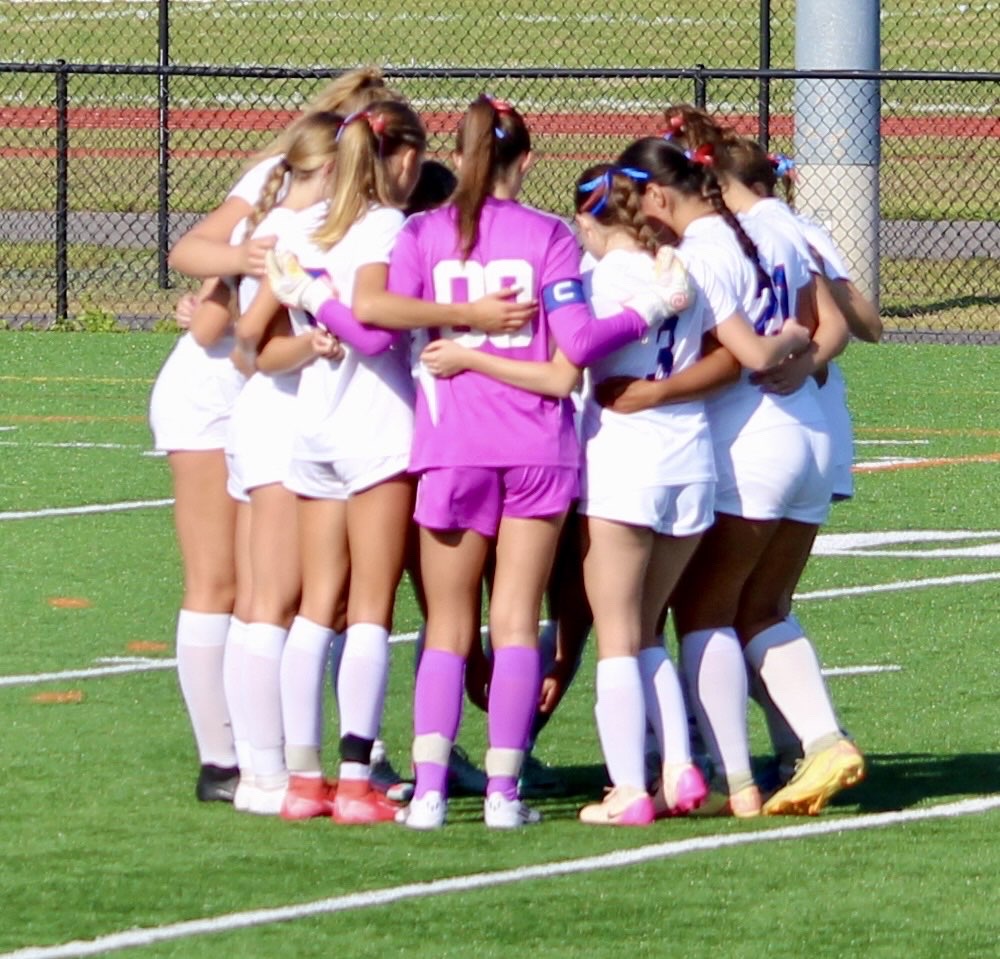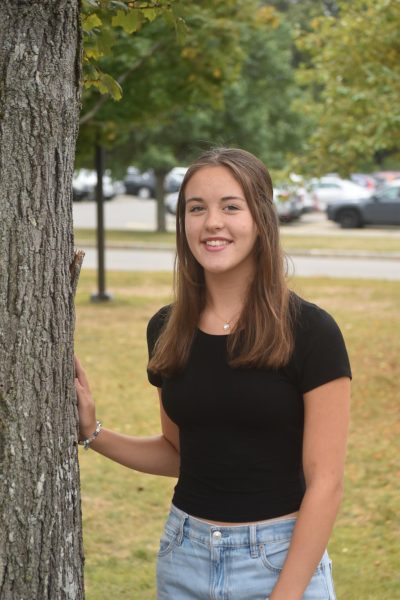For students who struggle with speaking up about their battles with mental health, suffering in silence may seem like the easiest solution; but, it is not.
With the aim to destigmatize talking about mental health and suicide, LHS staff and involved students recently took action by gathering for an introductory training to the non-profit organization, the National Alliance on Mental Illness (NAMI) this past summer on July 22 and 23. This training taught members how to educate others on the impact of mental health and to make suicide a topic that is easier to talk about.
According to nami.org, NAMI’s goal as an organization is to “provide education, and offer support to individuals, families, and communities affected by mental illness.” LHS school to community counselor Katherine Buell hopes this training will help many students and teachers now implement what they have learned into the school.
“I’m hoping this training helped all of [the trainees] educate the Londonderry community and to support others who are struggling with their mental health and let them know that they are not alone,” Buell said.
The training consisted of two days of group collaboration and activities run by an ambassador from NAMI, Ann Duckless. The first day was only for chosen staff and district members, while the second day included a select number of students. Administrators recommended students and staff based on their previous leadership experience and or related involvement in social emotional learning.
Junior Madelyn Murray was selected by teacher recommendation and, during the training, she enjoyed “getting to work with teachers as well as students.”
“It really showed how much collaboration can make an impact in suicide prevention, and how all ages are willing to help,” Murray said.
Another student, Junior Gabby Wrisley, was chosen for her participation in various extracurriculars related to mental health, such as Bring Change to Mind and Wellness Committee.
“Honestly, the training was not what I expected it to be like,” Wrisley said. “Because of the seriousness of the topic, I figured the training would be more somber, but it was more uplifting and hopeful instead.”
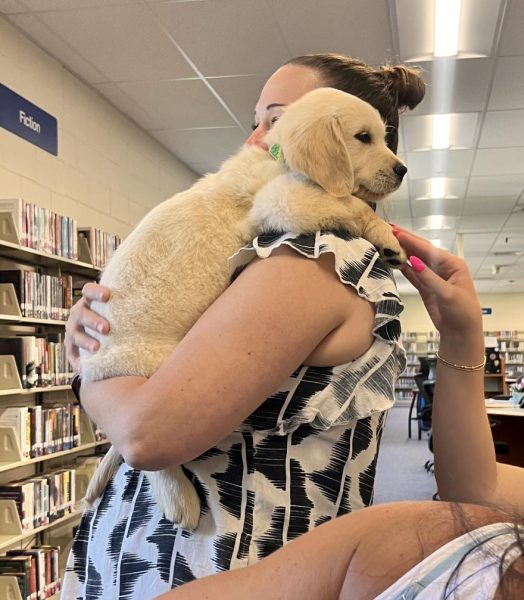
Photo by Gill Rosen
Ann Duckless ran light-hearted activities all while incorporating how to recognize signs of suicide and how to connect with those at risk. As Duckless taught the core principles of suicide prevention, she “seemed to be well educated on the topic and quite enthusiastic,” as described by multiple students.
“I enjoyed making the list of signs and symptoms of depression the most, as everyone was able to share ideas and add to the overall discussion in ways some wouldn’t even think of,” Murray said.
Duckless also managed to weave powerful metaphors into her teaching, one example being “both engaging and educational,” according to Wrisley. Duckless compared the perspective of someone facing suicidal thoughts to falling into quicksand: sinking quickly and wanting help from others without dragging them into the sand also.
“That really changed my perspective on how to better help people,” Wrisley said. “I got a more complex understanding of the whole topic in general.”
The most important part of helping those in “the quicksand” is identifying what Duckless called the “risk factors and positive factors” in their lives.
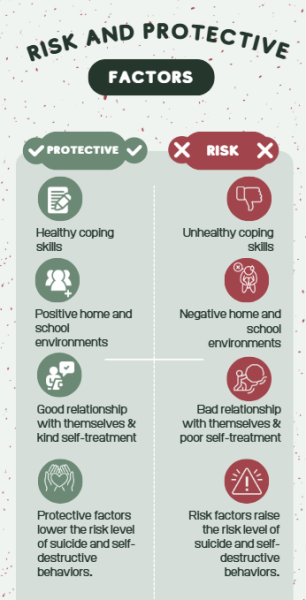
This way, one can recognize how to help those struggling without falling victim to suicidal thoughts themselves.
“We got more in-depth information in regards to signs of young people who might be struggling with their mental health,” Buell said. “We discussed how to approach the situation and attend to the young person’s needs during a crisis situation, along with barriers, judgement, and stigma.”
Buell liked the open conversations that happened during the training and she found it was “helpful to see everyone’s perspectives of a situation.”
“Coming from a mental health perspective is coming from a different lens than someone who does not have the training and experience,” Buell said. “It was really helpful for me to see other perspectives to be able to better help all who could be involved that might have the same training and experience as I do.”
As she continues to help others and learn more ways to do so, Buell appreciates the knowledge Duckless is able to share, even with her already abundant experience.
“I have had the privilege of working with Ann Duckless on tragic and non-tragic situations at LHS and her knowledge, support and guidance is beyond words,” Buell said. “I am looking forward to continuing to work with her to educate others on suicide prevention.”
This training was just one step in LHS’s road to destigmatize talking about suicide with NAMI. Those who were trained⎯ “ambassadors”⎯ will teach others in the school community the activities they learned in later suicide prevention trainings.
Buell hopes the training will eventually inform many “that not everyone shows typical signs of a mental health struggle. That someone’s mental health struggles will not always look the same and they have to handle it differently.” Along with Buell, students can also imagine a positive outcome from this educational opportunity.
“I hope our community becomes more understanding and compassionate,” Wrisley said. “I hope that people struggling [will] feel comfortable and safe to get the help they need. With that, I hope that people become more aware of the support and resources the community has.”
If trainees could take one thing away from the learning experience, it would be that talking about suicide is one of the most effective ways to prevent a loss, especially in younger generations.
“Mental health is such a gray area and that’s difficult for people,” Buell said. “It is important to make people feel more comfortable with having the conversation about mental health and suicidal thoughts in young people.”
As LHS continues future training with the help from NAMI, involved staff and students aspire to see change in the community.
“I really hope to see a more educated community that prioritizes mental health and being available for someone if they need help,” Murray said. “Lending a hand to someone, even as an acquaintance, can truly make an impact.”




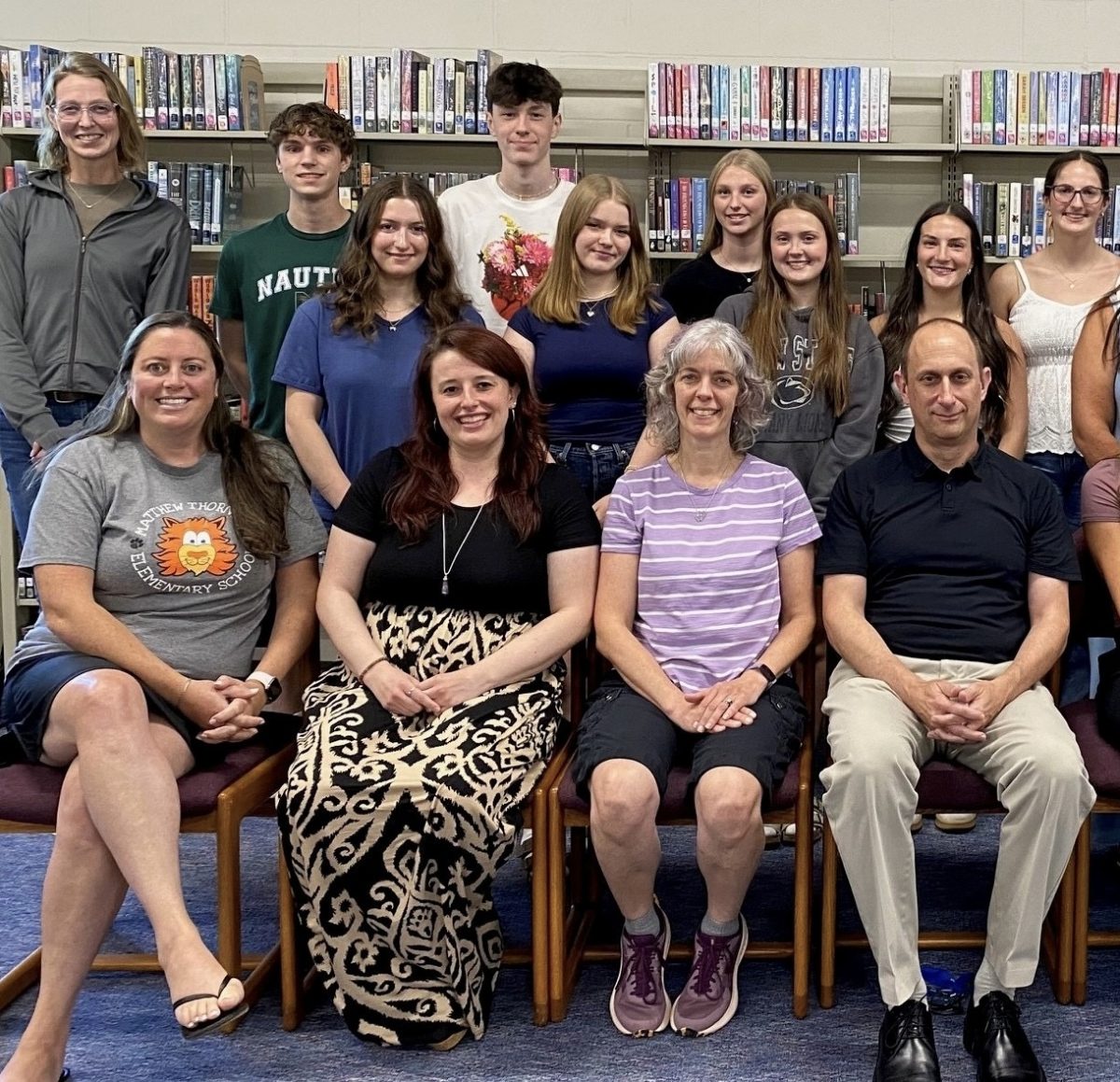
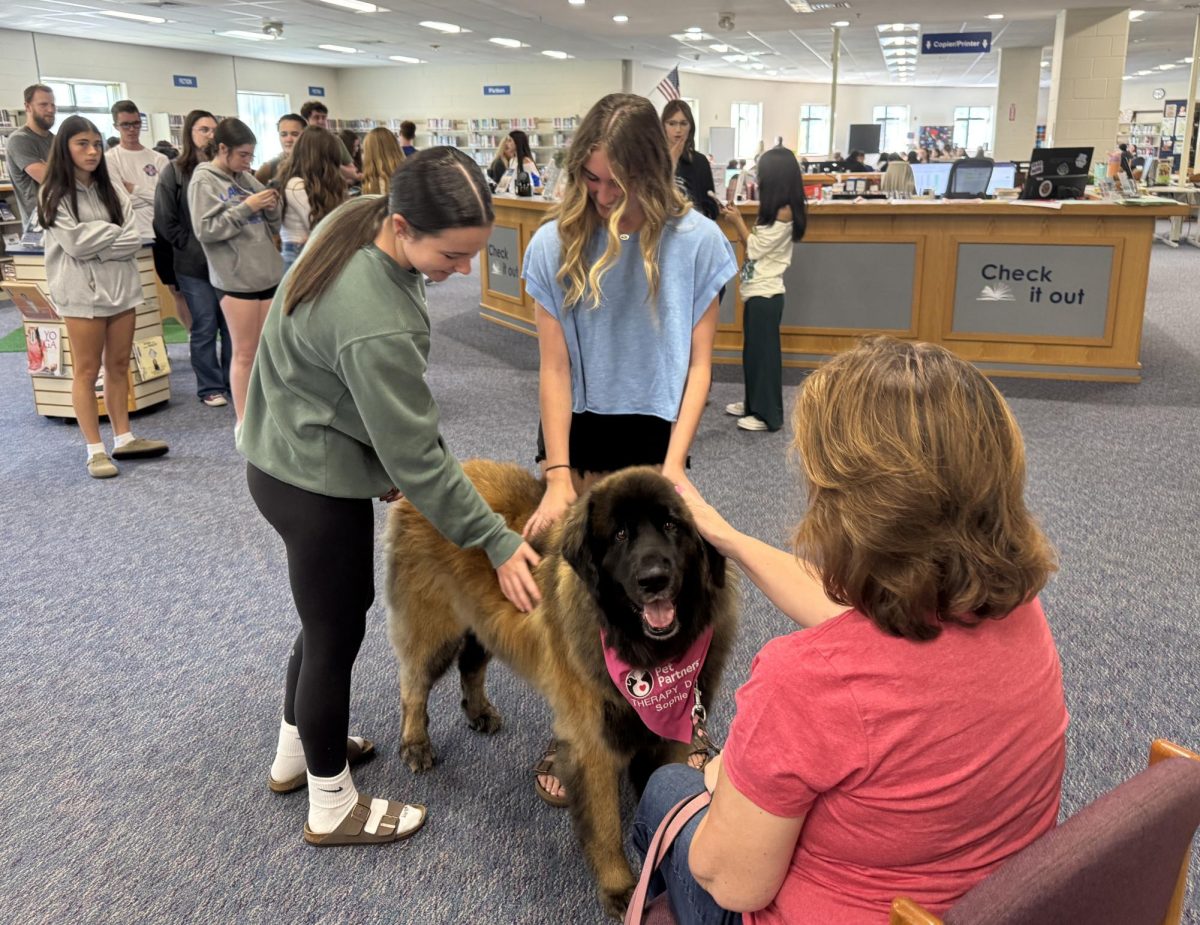
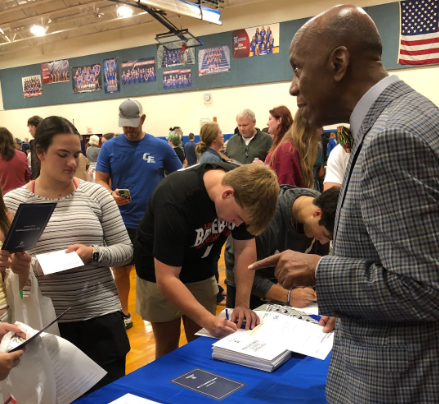
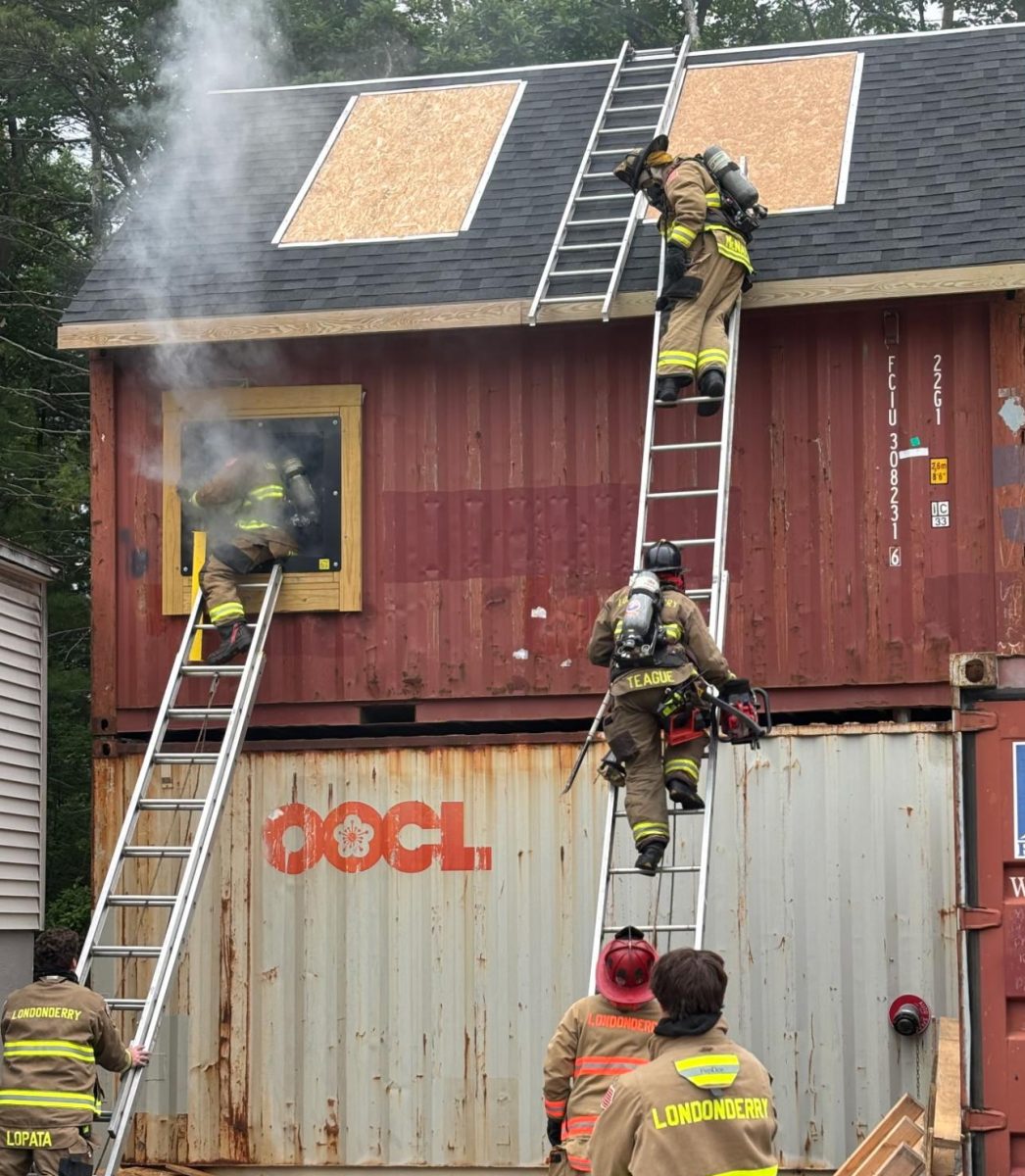
![Carol Ritchie helps one of her students through a computer assignment during A period. Ritchie has taught students basic English with activities to help them get a better grasp of concepts. problem-solving skills in her classroom. “I try to make the class fun and find [activities] that interest them,” Ritchie said.A banner of the world map and flags hangs near ESOL teacher Ms. Ritchie’s desk. (Image made in Canva by Kelsey Sweet).](https://www.lancerspiritonline.com/wp-content/uploads/2025/06/Light-Green-Featured-Jewelry-Instagram-Post.jpg)
